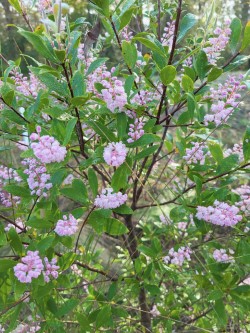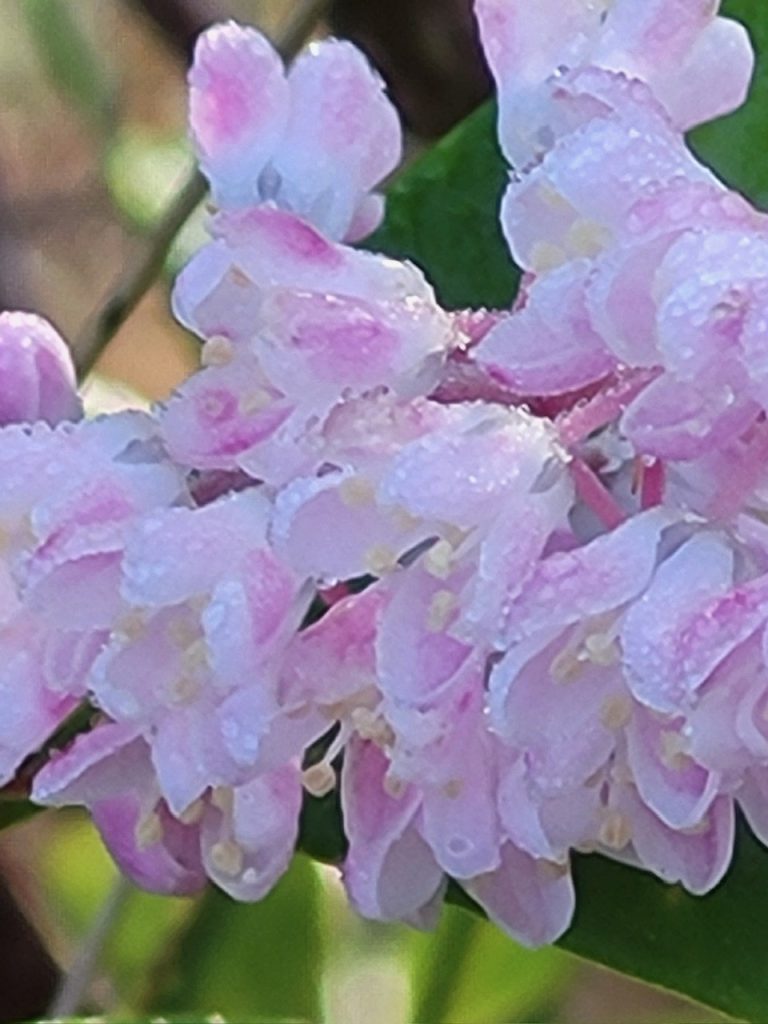What is a titi? Google it. Wiktionary says it is “a New World monkey of the genus Callicebus, native to South America, distinguished by their long soft fur”. But deeper into the definitions you will find “a shrub or small tree of the southern Unites States, having glossy leaves and elongated clusters of flowers, occurring in wet soil conditions”.
Titi is just a common name for two species that grow in the wetlands. Black titi (Cliftonia monophyla), also referred to as buckwheat tree, is the first to bloom in the spring. Native seedlings produce clusters of small white flowers at the tip of the branches. The sweet-smelling blooms provide a nectar source for bees in February and March. Following pollination, golden-brown seed pods will form, resembling buckwheat grains; hence, the other common name. The seed persists through the fall, providing added aesthetics and a food source for native and migratory birds. Pink-flowering sports of the Black titi have been propagated for the native plant nursery trade. ‘Chipolo Pink’ is one of the most popular (pictured).


The other species is Red titi (Cyrilla racemiflora), also called Swamp titi. It will send out multiple drooping white flowers in a finger-like cluster from the previous year’s wood. Blooming begins in the late spring and continues into the summer. Unfortunately, the nectar has shown to be a source for purple brood disease in bees, a terminal condition for the baby bees.
So, when deciding on native plants for your wetlands edge or rain garden, look for the Black titi and the new cultivars on the market. Then research other summer-flowering nectar sources like Clethra alnifolia, Sweet pepperbush, and their many new cultivars.
- Watch for “Melting Grass” - February 19, 2025
- Palms Can Suffer in the Cold - January 30, 2025
- Camellia Care - January 9, 2025
